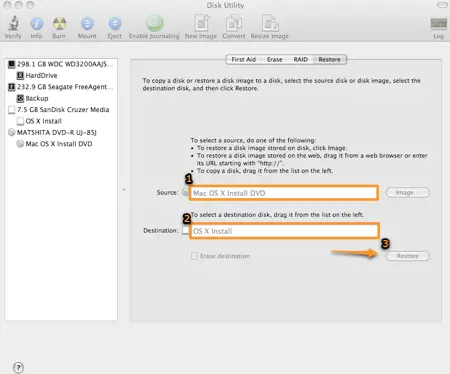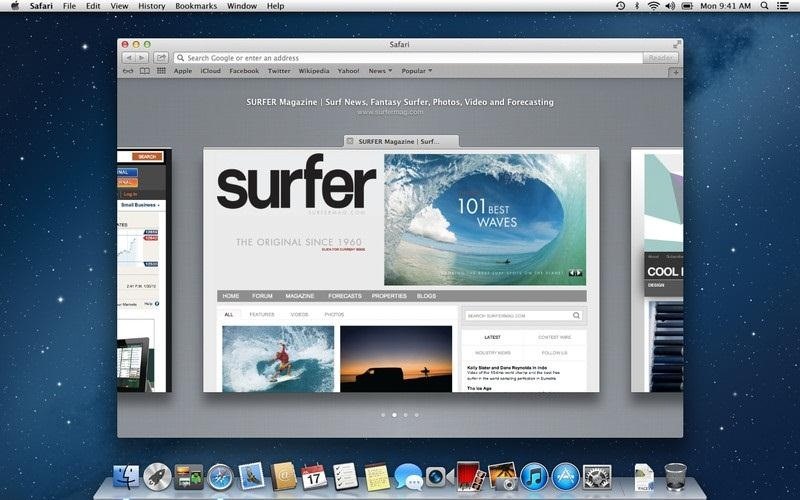
Sudo /Applications/Install\ OS\ X\ El\ Capitan.app/Contents/Resources/createinstallmedia -volume /Volumes/MyVolume -applicationpath /Applications/Install\ OS\ X\ El\ Capitan.app Sudo /Applications/Install\ macOS\ Sierra.app/Contents/Resources/createinstallmedia -volume /Volumes/MyVolume -applicationpath /Applications/Install\ macOS\ Sierra.app Sudo /Applications/Install\ macOS\ High\ Sierra.app/Contents/Resources/createinstallmedia -volume /Volumes/MyVolume -applicationpath /Applications/Install\ macOS\ High\ Sierra.app Paste that entire command line from below at the Terminal's prompt: Choose the appropriate command line (in red) depending upon what OS X installer you want. Open the Terminal in the Utilities' folder. Click on the Apply button and wait for the Done button to activate.Set the Format type to Mac OS Extended (Journaled.) In the drop down panel set the partition scheme to GUID.Click on the Erase tab in the Disk Utility toolbar.After Disk Utility loads select the drive (out-dented entry with the mfg.'s ID and size) from the side list.

Open Disk Utility in the Utilities' folder.You will need an 8GB or larger USB flash drive that has been partitioned and formatted for use with OS X. Simply replace the Terminal command with the one from the preceding article by copying it into the Terminal window.
#Mountain lion os x bootable usb how to
Second, see this How To outline for creating a bootable El Capitan installer. Bootable USB Installers for OS X Mavericks, Yosemite, El Capitan, and Sierraįirst, review this introductory article: Create a bootable installer for macOS. How to Make a Lion Bootable USB flash drive shows how to do this for Lion, but is directly applicable to Mountain Lion.ī. You can also create another flash drive to use for High Sierra.

But if you have a copy of the Mountain Lion installer you most certainly can put it on a USB flash drive. Unless you have downloaded Mountain Lion from the App Store in the past, then you cannot re-download it.


 0 kommentar(er)
0 kommentar(er)
